This Vegan Thai Red Curry is packed with tasty Sweet Potatoes, Broccoli, and Chickpeas cooked within a delicious creamy, nutty, sweet, savoury, spicy, warm, thick curry sauce that is just too irresistible that leftovers will likely not be an issue. Instead its always a good idea to batch prep a double lot of this red curry as leftovers are just too tasty and are perfect for next days lunch - simply scoop the leftovers over a slice of toasted bread. So tasty!
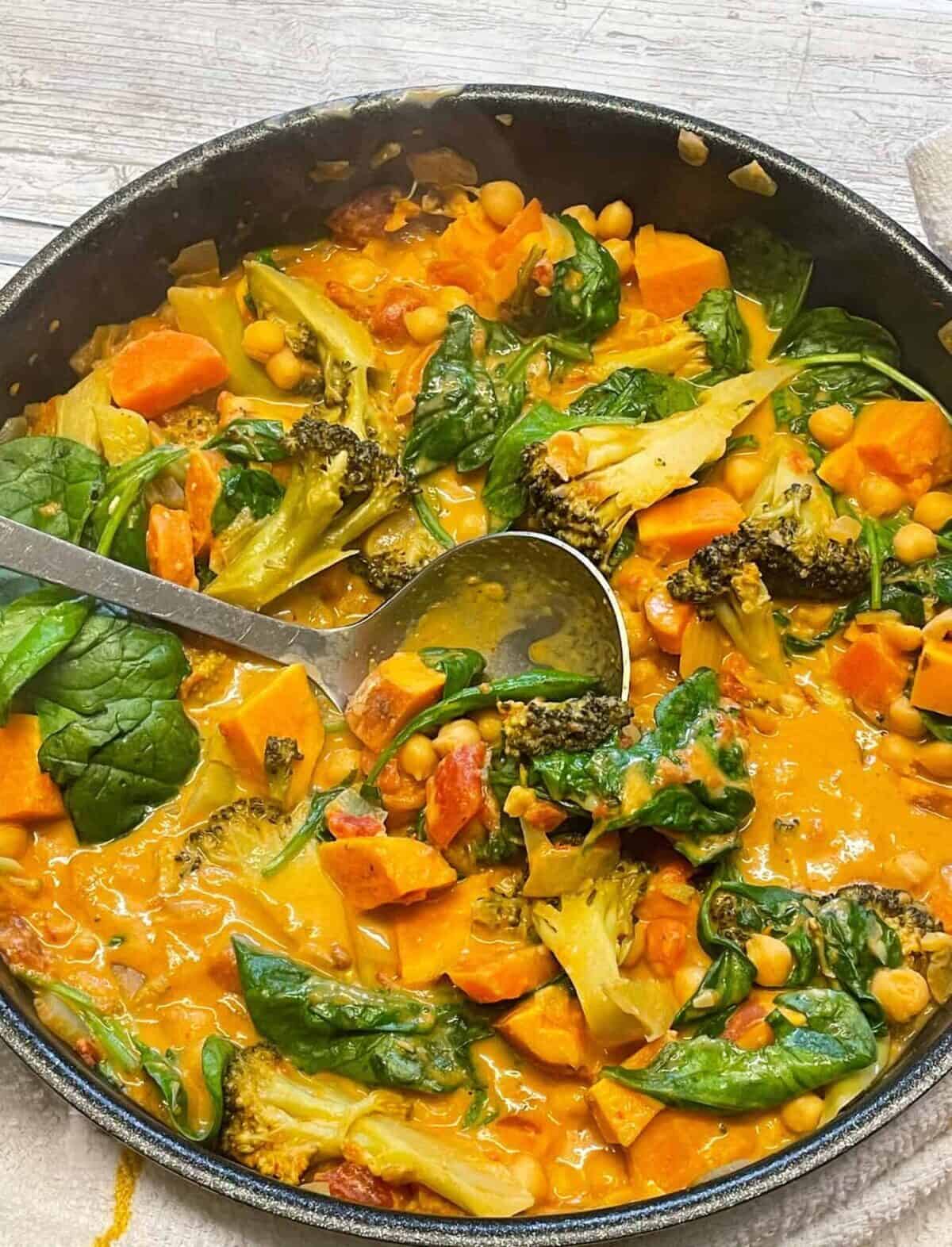
Vegan Thai Red Curry is the perfect meal to use up older veggies lurking in the refrigerator or reduced price vegetables sourced in the supermarket or store. Cooked in a delicious thick Thai curry sauce the vegetables will be the star of the show.
History of Thai red curry
Red Thai curry, known as "Kaeng Phet" in Thailand, and while grinding spices and herbs into pastes date back to ancient Thai or Siamese cooking, red Thai curries likely originate sometime during the 16th-17th century with the introduction of chili peppers from the Americas in the 16th century, brought by Portuguese traders. These chillies transformed Thai cuisine and led to the vibrant, spicy flavours we associate with it today, including those found in red Thai curry.
Throughout history Thai cooking has been heavily influenced by Indian cuisine. Thai red curry is traditionally made using a red curry paste, which consists of red chilli peppers, garlic, shallots or onions, turmeric, lemongrass, galangal, and other aromatic spices like coriander and cumin, all finely ground together. Also, shrimp paste is often added. The curry paste is authentically prepared by crushing all the ingredients within a pestle and mortar.
Over time, as trade routes expanded, Thai cooks began incorporating ingredients like coconut milk, brought from other parts of Southeast Asia, to add creaminess and a touch of sweetness to balance the heat from the chilli peppers.
One interesting fact about red Thai curry is that the paste's red colour traditionally comes from the use of dried long red spur chilies, which are milder than their smaller, spicier counterparts. However, the intensity of the spice can vary depending on how many chillies are used and whether their seeds are included. Some modern recipes include tomatoes for added colour and sweetness, although this is not technically traditional.
Moreover, each region in Thailand has its own version of a red curry, with variations in ingredients and levels of spiciness.
Red Thai curry is incredibly versatile and while it often features proteins like chicken, beef, or seafood, vegan, vegetarian, and plant-based versions are being even more common, especially using ingredients such as tofu or a variety of vegetables.
In Thailand, the red curry is usually served alongside jasmine rice or rice noodles, but adaptations around the world have included unconventional accompaniments such as flatbreads or even potato fries or chips.
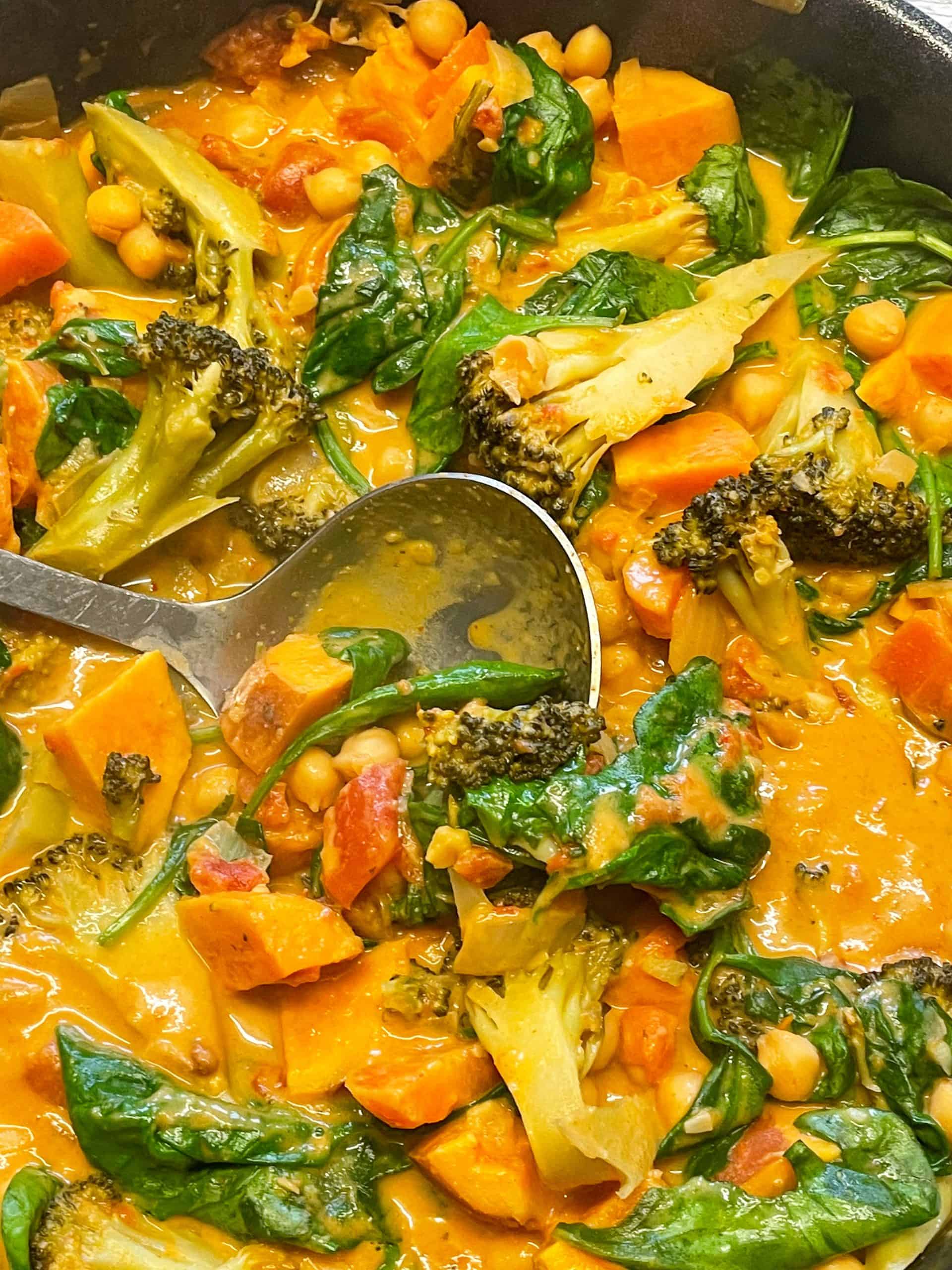
Vegan Thai red curry
For our Thai-inspired red curry, I opted for Geo organic red Thai curry paste primarily because it's free from animal products. Additionally, it was readily available at my local grocery store. Living rurally on a Scottish island means many products aren't easily accessible, but fortunately, this particular paste was quite tasty. Curry pastes offer a convenient shortcut, but if you're interested in making an authentic Thai red curry paste from scratch, you can use the recipe over on eatingthaifood.com as a guide.
For the vegetables in this curry, we choose to feature a few of our favourites that always work well in a curry - broccoli, sweet potato, and carrot, all of which contribute delicious flavours. The texture of broccoli and sweet potato, when simmered in curry spices and coconut milk, is just so tasty.
Creamy chickpeas serve as the ideal pulse to complement this curry, while canned chopped tomatoes [diced canned tomatoes] add a rich body to the sauce. You might find the inclusion of peanut butter a bit unusual, but it actually enhances the dish tremendously. Even if you're not a fan of peanut butter, I highly recommend giving it a try in this curry sauce; it might just surprise you, as it did me!
However, if nut allergies are an issue replace the peanut butter with a sunflower seed butter or soybean butter.
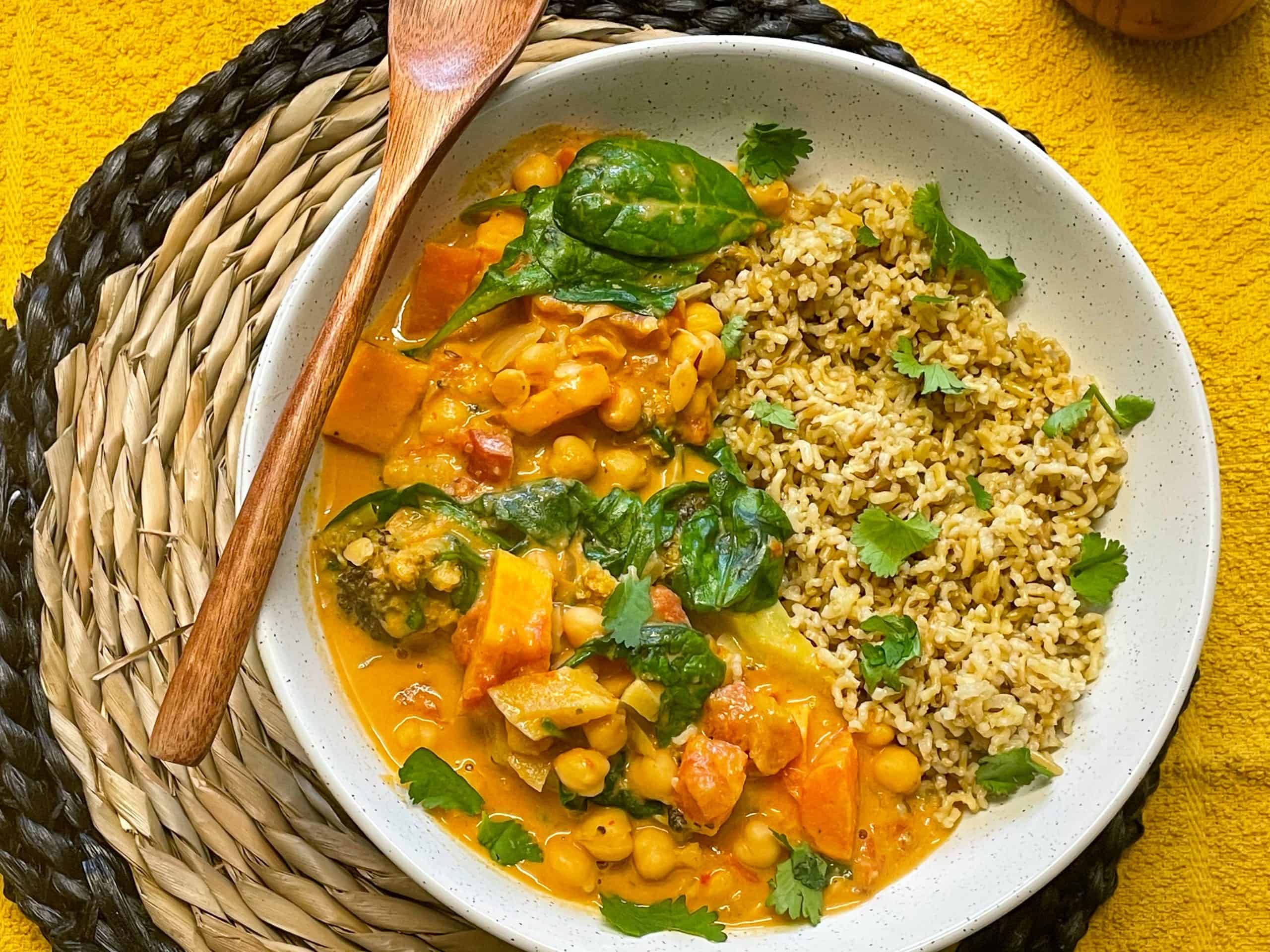
How to prepare Vegan Red Thai Curry
Our vegan red Thai curry recipe is nice and easy so is perfect for beginner cooks and those new to vegan, vegetarian, and plant-based diets. It's also a wonderful curry to prepare for those meat-eaters in the family as you can challenge them to miss any meat! With the tasty flavours of a red curry and the delicious choice of veggies it will be hard for them to resist! This curry recipe is not one of our visitor favourites for no reason!
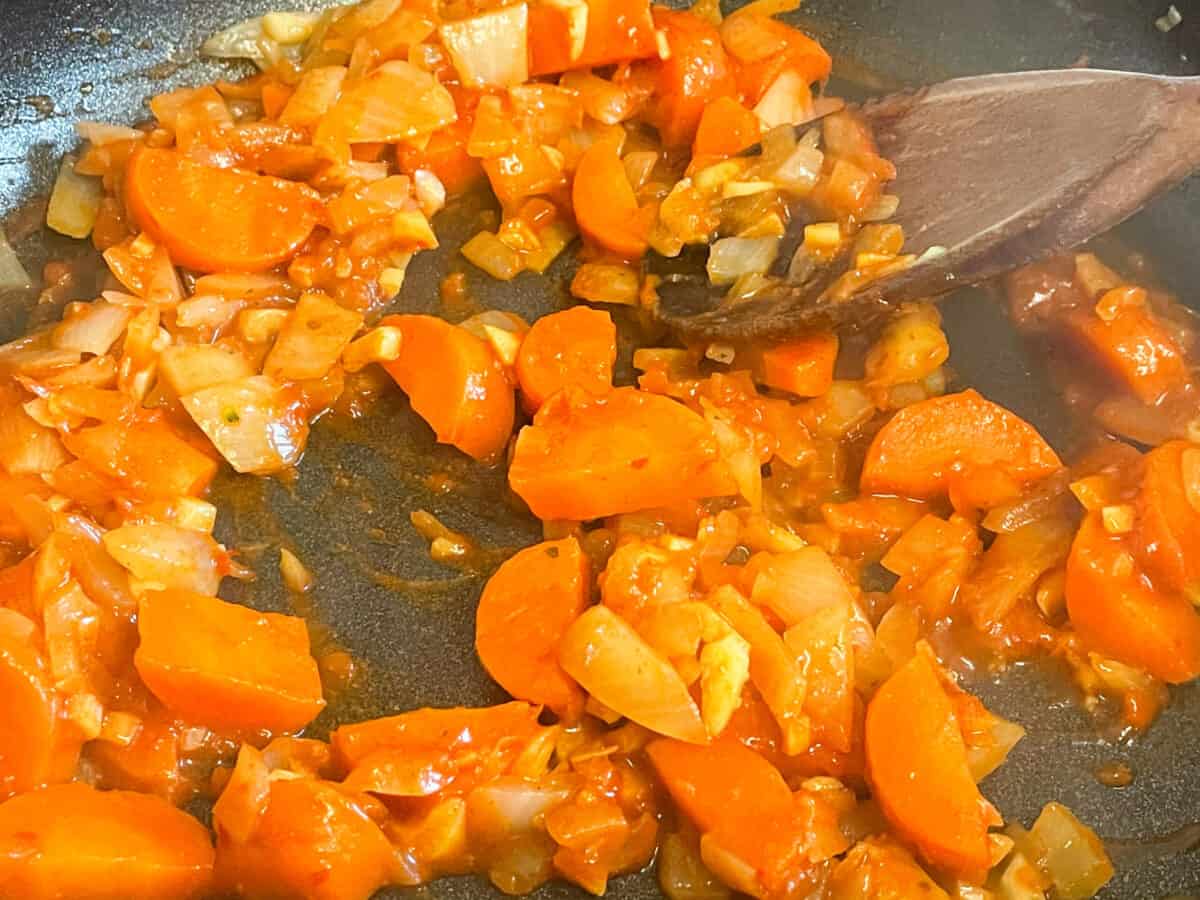
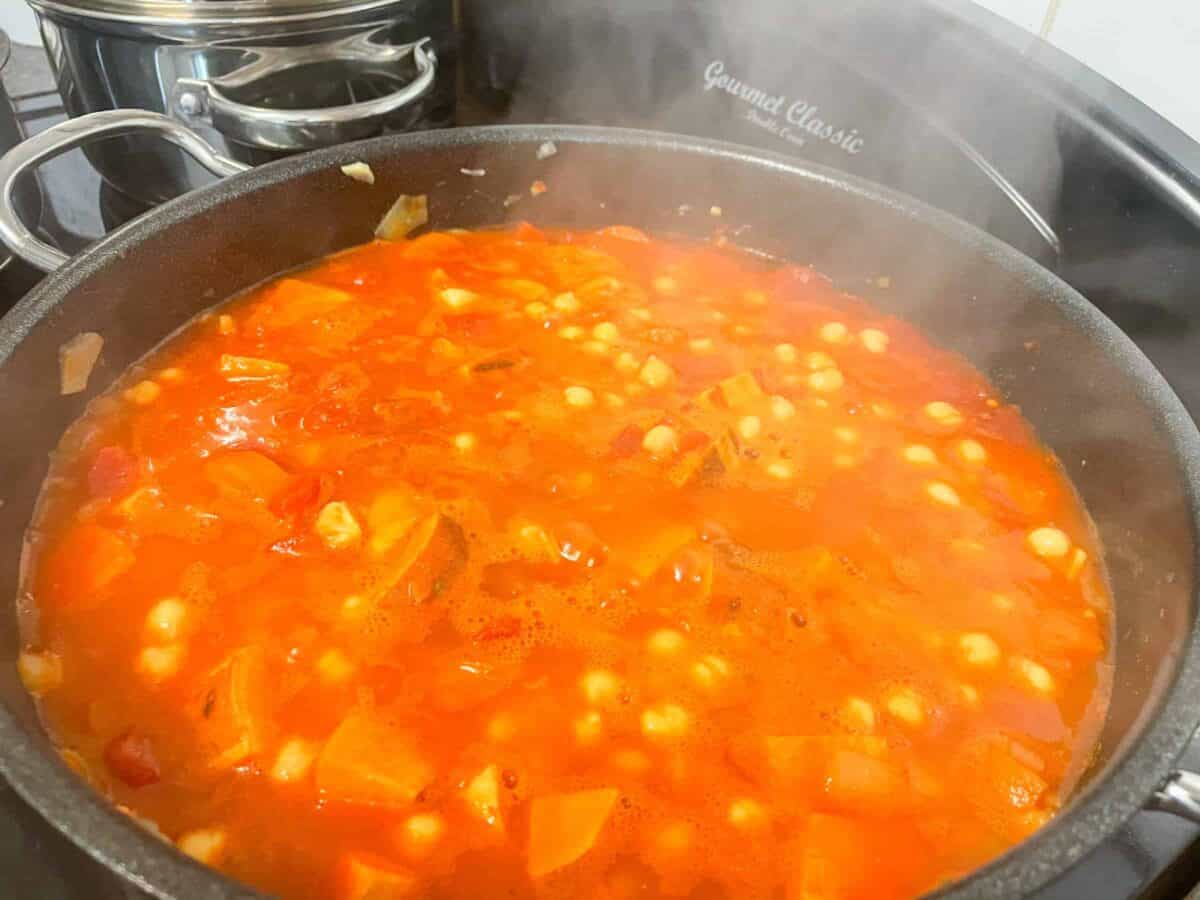
First saute the carrot, onion, and garlic in vegetable broth, before stirring through the red Thai curry paste. [If you prefer to use oil 1-2 tablespoons of coconut oil would be a good choice.]
Next add the sweet potatoes, chickpeas, more vegetable stock, and canned tomatoes.
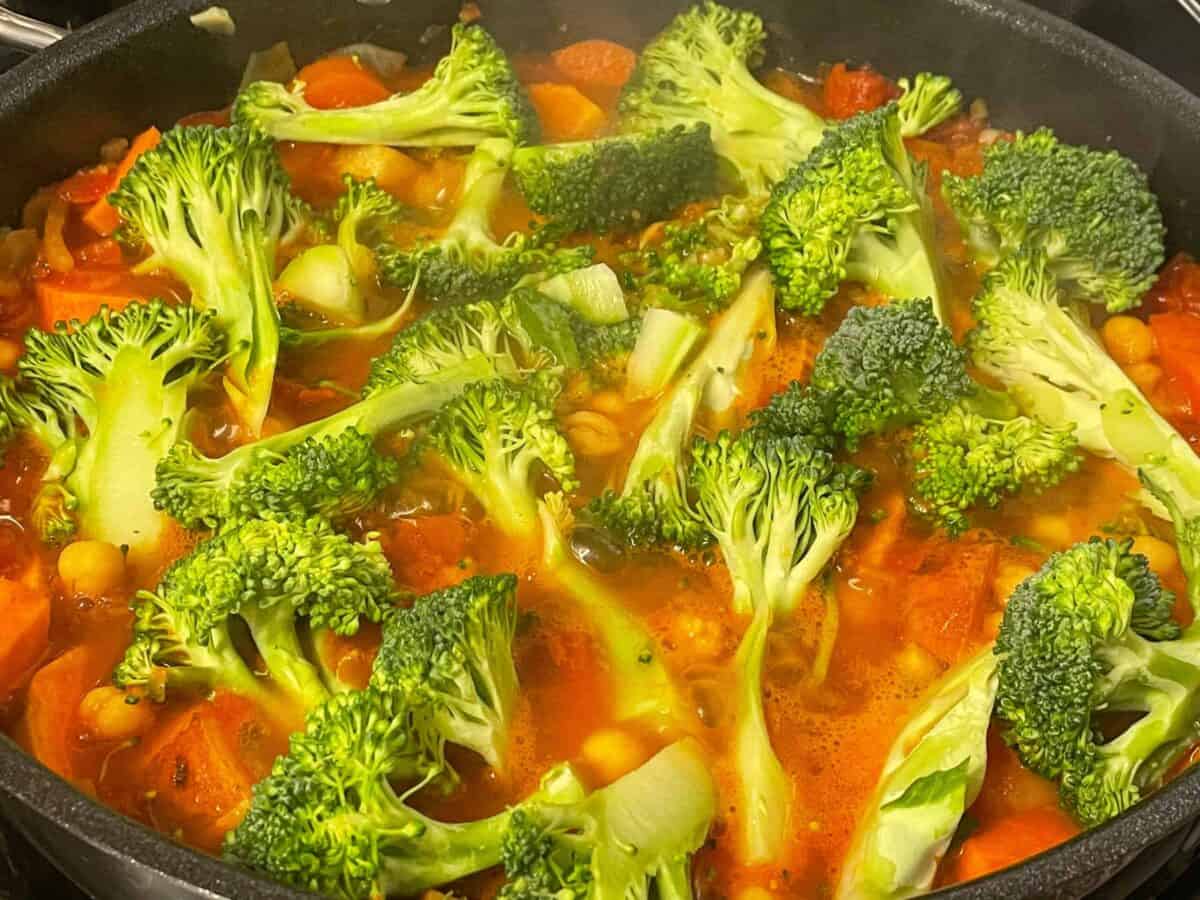
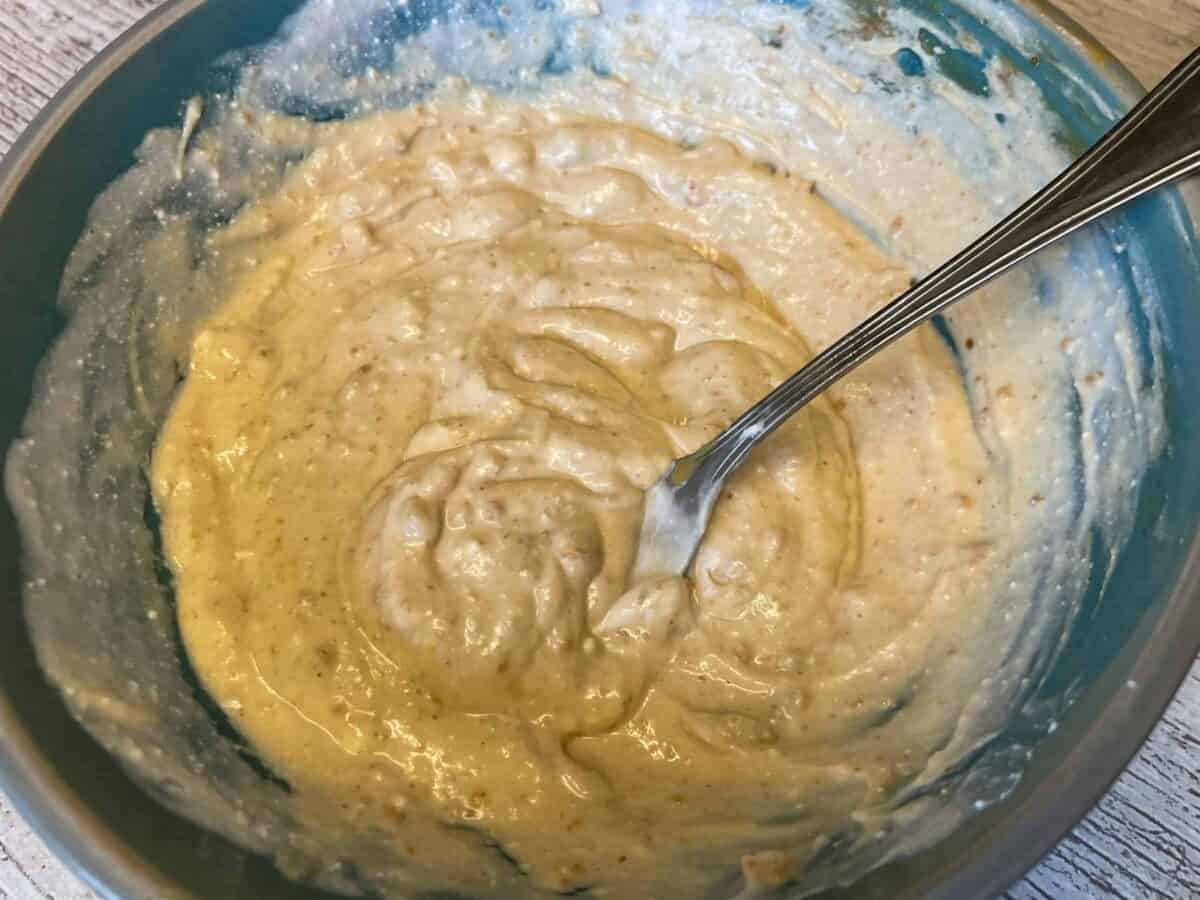
Pop the broccoli in and bring to a gentle simmer.
Add a lid over the pan and cook for 15 minutes. Remove the lid, stir the veggies and cook for a further 10 minutes to soften up the sweet potatoes.
Meanwhile mix the peanut butter and canned coconut milk together in a small bowl.
Stir the peanut butter-coconut milk mixture through the curry and cook for a few more minutes.
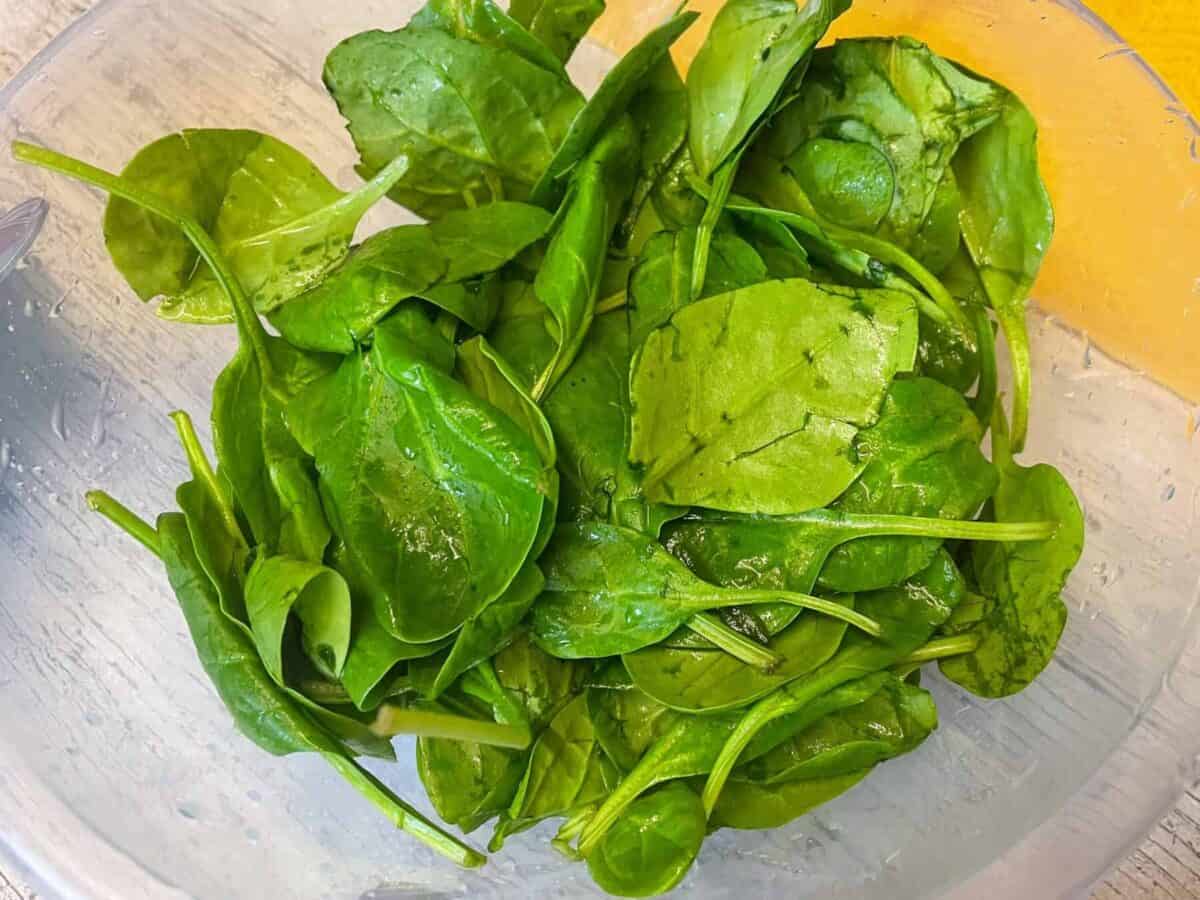
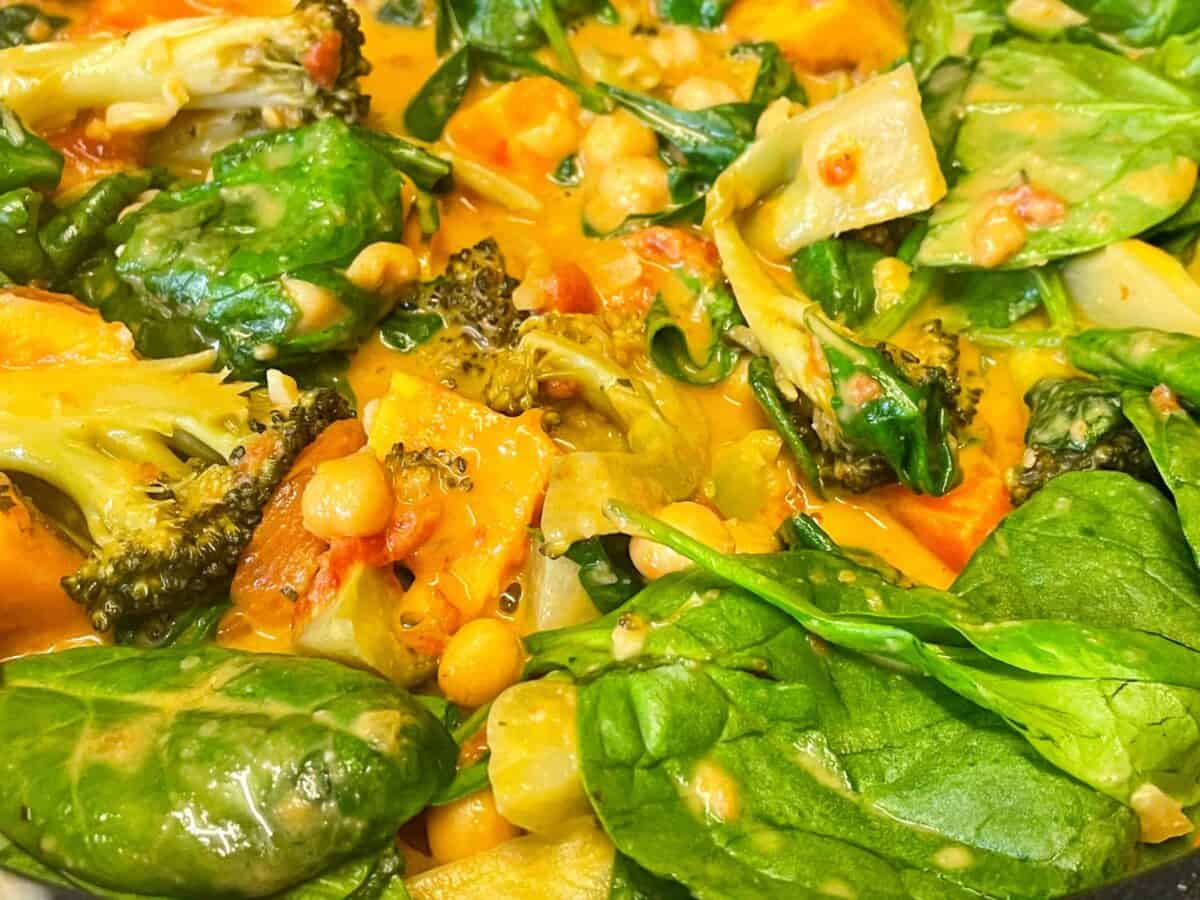
Get the spinach ready and once the curry has cooked stir the leaves through the curry and they will wilt nicely in the heat.

Season with salt and pepper to taste.
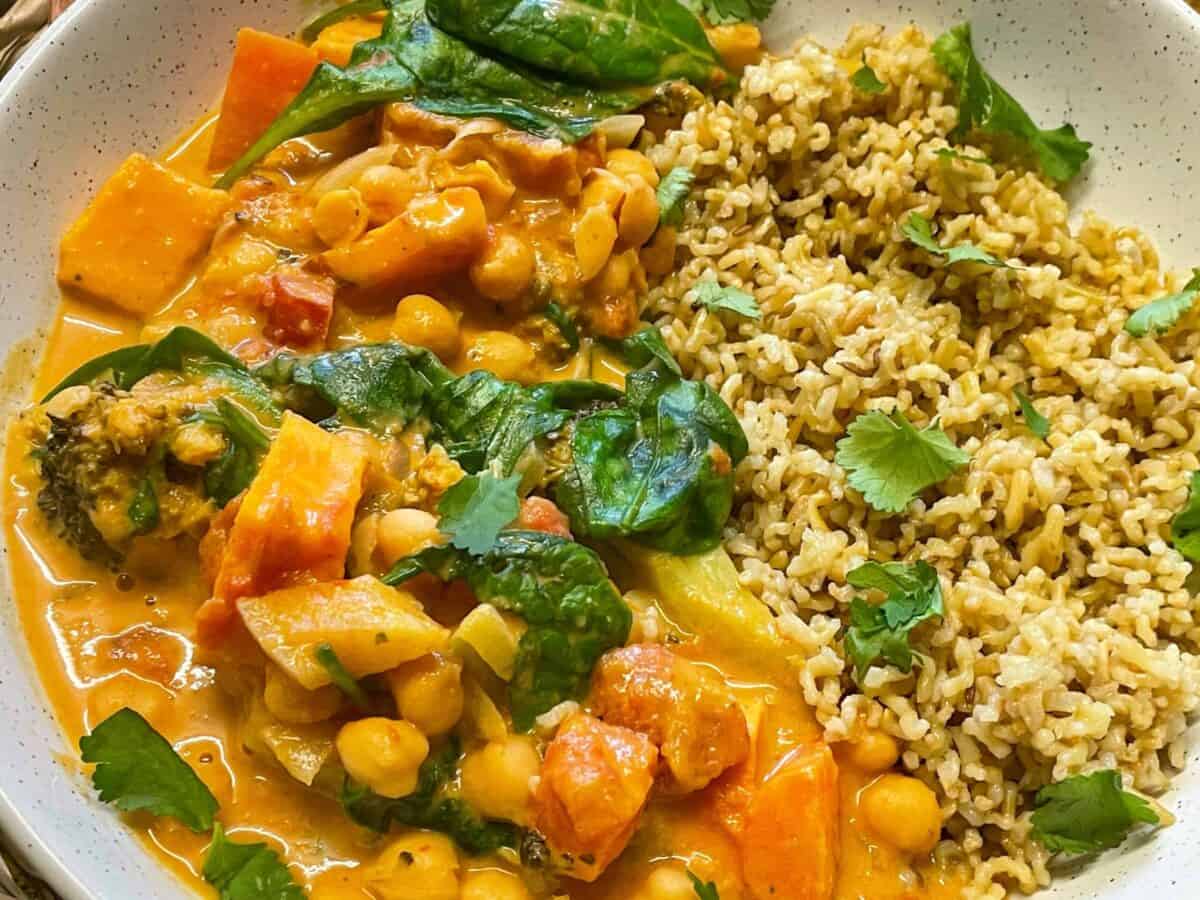
Enjoy with sides of rice or rice noodles, perhaps a flatbread or some crispy lentil crisp or Thai style crackers, and a sprinkle of fresh coriander [cilantro]. We like to enjoy this curry with brown rice as we like its nutty flavour and additional fiber!
Recipe notes and FAQ
Storing
Leftovers can be stored within the refrigerator for up to 3 days. Or frozen for 2-3 months. Defrost completely before reheating.
Reheating
Add leftovers to a non-stick skillet or pan and bring to a gentle boil. Simmer for 2-3 minutes or until piping hot. Stir through a little extra veggie stock, broth, canned coconut milk, or plant-based milk if required to loosen up the curry.
Absolutely, Thai curries are perfect for batch prepping as making curries ahead of time results in the curry becoming even more delicious. Portion up the curry and freeze for quick future meals.
This curry can be easily prepared as gluten-free if you ensure that your Thai red curry paste and vegetable stock is gluten-free.
Leftover curry can be repurposed in a variety of tasty ways. For example, we love topping a slice of toasted bread with a scoop of leftover reheated curry for next days lunch.
Leftover curry can also be used as a vegan grilled cheese toasted sandwich filling. Prepare the toasted cheese sandwich the usual way but add a few tablespoons of curry. My kids love these curry toasties for lunch, or you could even have them for dinner along with salad or potato fries.
Other ideas is to create curry filled tortilla wraps, or use as a filling for a quesadilla. Leftover curry is also a delicious baked potato filling or use the curry as a filling for baked bell peppers, zucchini [courgette] boats, or stuffed squash. Sprinkle some chopped nuts over such as cashews, flaked almonds, peanuts, or some breadcrumbs, to create a crispy topping.
Another nice idea is to create a curry potato pie, similar to a cottage pie, by topping the leftovers with mashed potato and baking until crisp and golden. If you only have small amounts of leftovers, use small ramekin or soufflé dishes to bake individual pies.
For a red Thai curry soup, simply thin down the leftovers with canned coconut milk, vegetable stock or broth, or plant-based milk such as almond or cashew, and reheat the leftovers and serve as a delicious soup.
Yes, curry recipes are perfect for making substitutions as any vegetable or pulse will taste amazing in a curry. A few ideas:
1. Instead of sweet potatoes use white potatoes, butternut squash, pumpkin, summer squash, marrow, courgette.
2. Replace the chickpeas with any pulse such as cannellini beans, butterbeans, navy beans [haricot beans], kidney beans, borlotti beans, broad beans, soya beans, edamame beans, etc.
3. Replace the peanut butter with cashew or almond butter or omit the nut butter if necessary due to allergies, and perhaps go with sunflower seed butter or soybean butter.
4. Use kale or collard greens instead of spinach, but add these veggies earlier in the cooking as they usually need at least 10-15 minutes to cook in the curry.
5. The broccoli can be substituted for cauliflower, green beans, mange tout, sugar snap peas, flat beans, baby sweetcorn, or your favourite vegetable.
The perfect accompaniment is basmati, Jasmine, or long-grain rice along with a tasty flatbread or a few lentil crisps or vegan Thai crackers. A few more ideas, include choosing couscous, quinoa, or rice noodles instead of rice, black rice, wild rice, potato chips, fries, or wedges, 3 Ingredient Flatbreads, naan breads, spring rolls, mango chutney, vegetable pickles or onion chutneys, cucumber salad, or papaya salad.
More vegan family curry recipes
My Scottish family absolutely love any and every type of curry as long as its packed with plant-based and vegan ingredients as then we know it will be delicious! Vegetables just taste so good cooked in warm spices and creamy or tomato-y curry sauces, absolutely no-one would ever miss the meat if they experienced delicious vegetables cooked perfectly in curry sauces. Just so good! For more curry recipes do have a look at our ever-growing Vegan Curry Recipe collection.
Want to make a Red Thai Curry using the slow cooker or crock pot?
Then do have a look at our Slow Cooker Red Thai Sweet Potato, Chickpea, and Broccoli Curry.
***please note: for US measurements click the 'US customary button' within the recipe and the measurements will switch to tablespoons, cups, and ounces.***
📖 Recipe

Vegan Thai Red Sweet Potato, Broccoli and Chickpea Curry
Equipment
- Skillet pan, deep fry pan, Dutch oven or similar non-stick pan with a lid or heat-proof plate
- small bowl
Ingredients
To Sauté veggies:
- 250 millilitre vegetable stock [or replace with 1 tablespoon of oil such as coconut oil]
- 150 grams carrot [2 small-medium, diced]
- 170 grams onion [1 medium, diced]
- 4 cloves garlic [minced/fine diced]
Curry:
- 4 tablespoon red Thai curry paste
- 1 can chopped tomatoes [diced canned tomatoes, 400g or 14 oz can.]
- 1 can chickpeas [400g or 14 oz can, drained. Or 240g cooked.]
- 330 grams sweet potatoes [2-3 medium, chopped into bitesize chunks.]
- 500 millilitres vegetable stock [use extra if required]
- 320 grams broccoli [Chopped into florets and maybe chop each floret through the stalk as well if large.]
Stir these together before using:
- 65 grams peanut butter [either smooth or crunchy]
- 120 millilitres canned coconut milk
Stir through the cooked curry:
- 150 grams spinach
Garnish, optional
- 10 grams coriander [chopped, use more or less as preferred]
- 30 grams cashews [rough chopped, or replace with peanuts or flaked almonds]
Instructions
- Add the onion, garlic, carrots and vegetable stock to a non-stick pan. [If using coconut oil instead of stock melt the oil and warm it up before adding the vegetables]Sauté for 8 minutes, adding splashes of extra stock if the liquid runs dry.250 millilitre vegetable stock, 150 grams carrot, 170 grams onion, 4 cloves garlic
- Next mix through the curry paste.4 tablespoon red Thai curry paste
- Add chopped tomatoes, sweet potatoes, chickpeas, and the vegetable stock. Give it all a good stir.330 grams sweet potatoes, 1 can chopped tomatoes, 500 millilitres vegetable stock, 1 can chickpeas
- Nestle the broccoli into the curry, pop a lid over the pan, and gently boil for 15 minutes.320 grams broccoli
- Remove the lid and push the sweet potatoes under the sauce and flip over the broccoli.Simmer for 10 minutes or until the sweet potatoes are soft. Add extra veggie stock if the curry becomes too thick.
- Mix the coconut milk and peanut butter together in a small bowl.65 grams peanut butter, 120 millilitres canned coconut milk
- Add the coconut milk-peanut butter mixture into the pan with the curry and stir well to make sure its fully incorporated.Bring back to a gentle boil and simmer for 3 minutes.
- Remove from the heat and stir through the spinach, the leaves will wilt nicely in the hot curry.150 grams spinach
- Season to taste with salt and pepper. Optional: Serve with rice, and garnish each bowl with cashews and chopped coriander [cilantro].10 grams coriander, 30 grams cashews
Notes
- Nutritional information is provided for guidance only and is not a strict calculation as ingredients vary.
- Data does not include the optional garnishes or any sides.
- Leftover Thai veggie curry will keep fresh in the refrigerator, within a covered container, for up to 3 days.
- Or freeze for up to 2-3 months.
- Reheat in a pan, with a little extra veggie stock, canned coconut milk or plant-based milk if required, until piping hot. Stir frequently.
- Using a crunchy peanut butter results in a a nice crunchy texture running through the curry.
- For a nut-free curry use sunflower seed butter or soybean butter instead of peanut butter.
- For more substitution ideas, ideas to repurpose leftover curry, and how to prepare a gluten-free Thai red curry do have a look at the recipe notes and FAQ section above.
Nutrition
Prepared our Vegan Thai Red Sweet Potato, Broccoli and Chickpea Curry? We would love to know how you get on with the recipe so do pop back and drop us a comment below and click the star ratings. Thanks so much! Jacq x


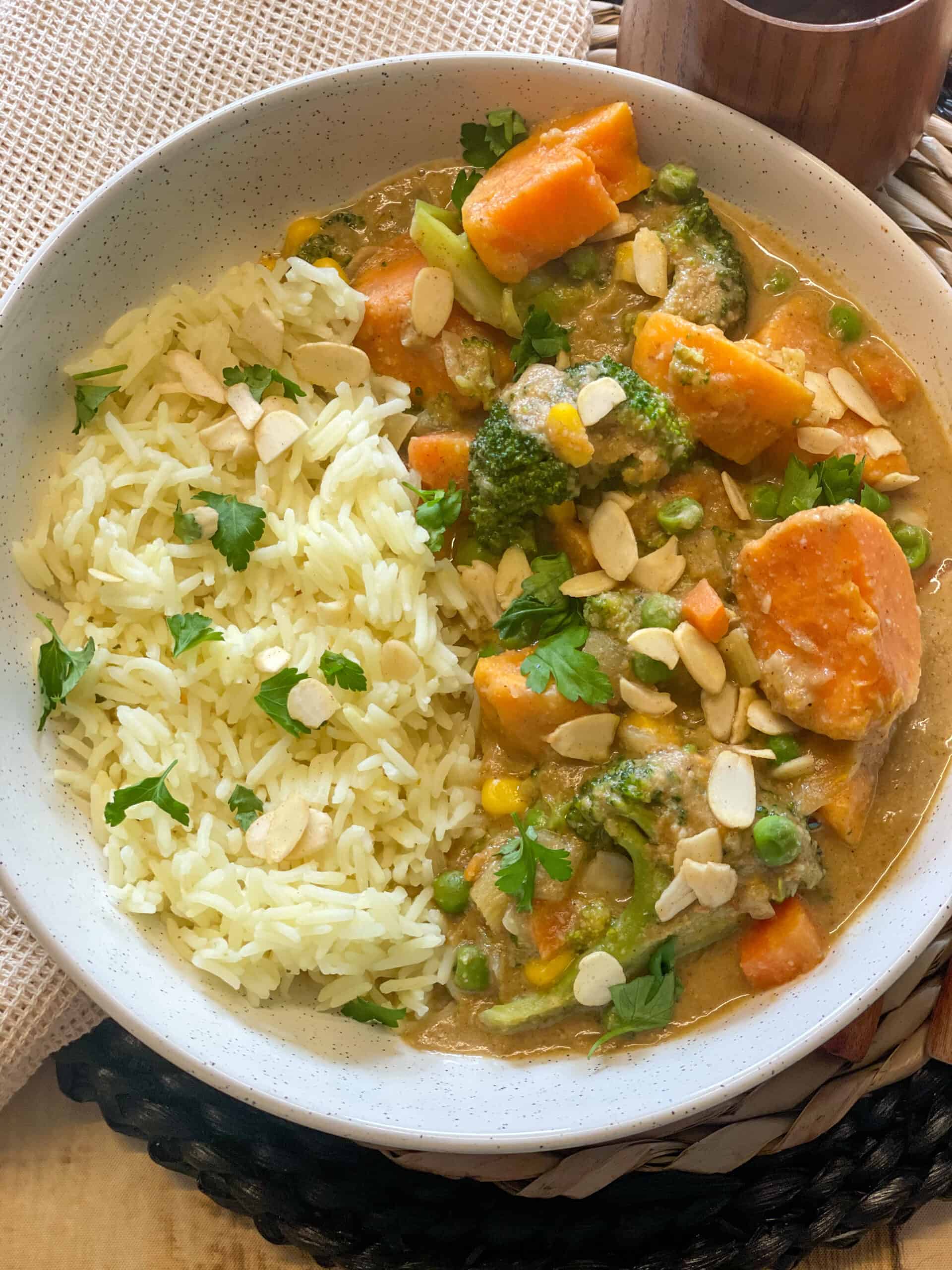
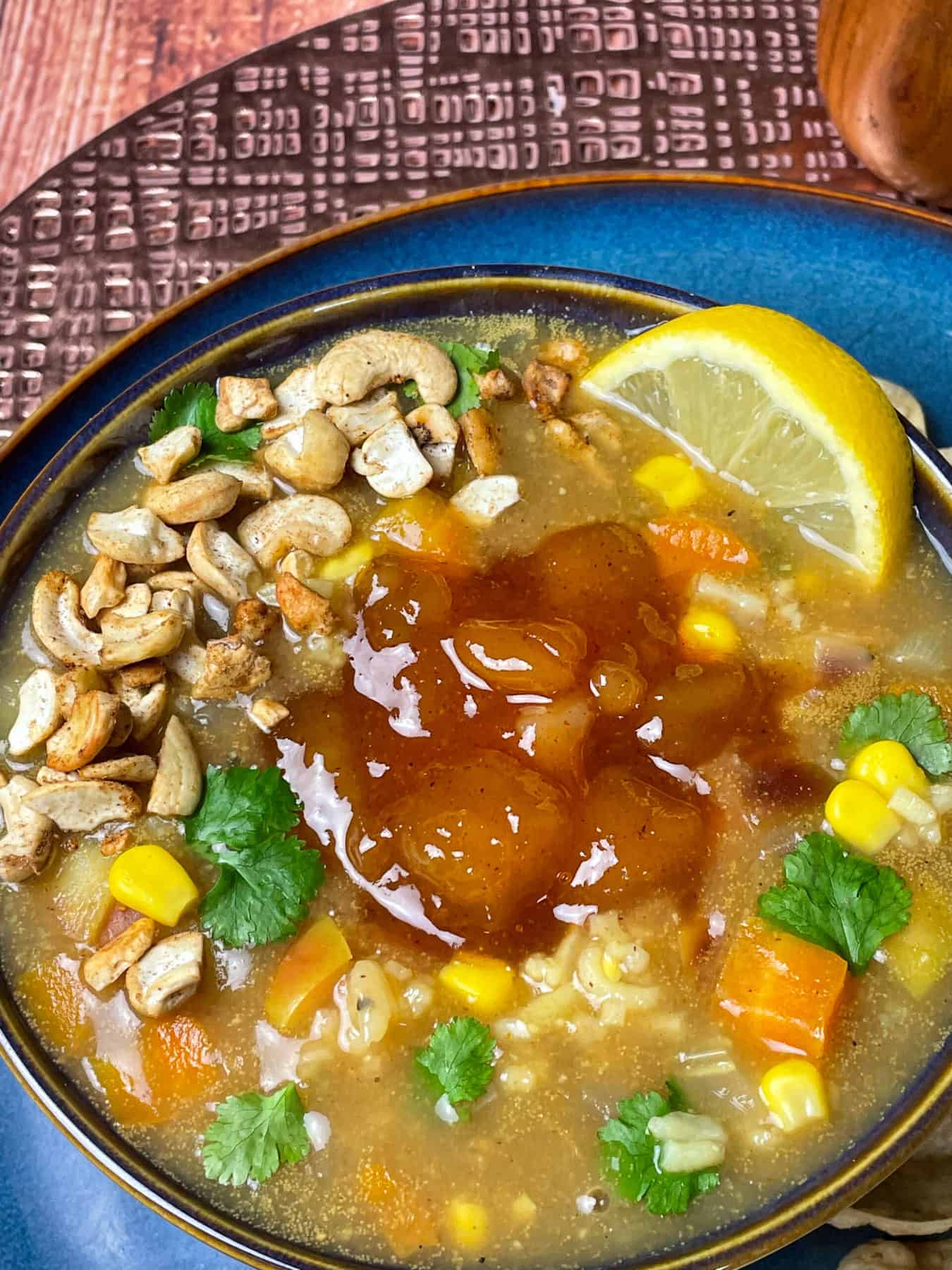
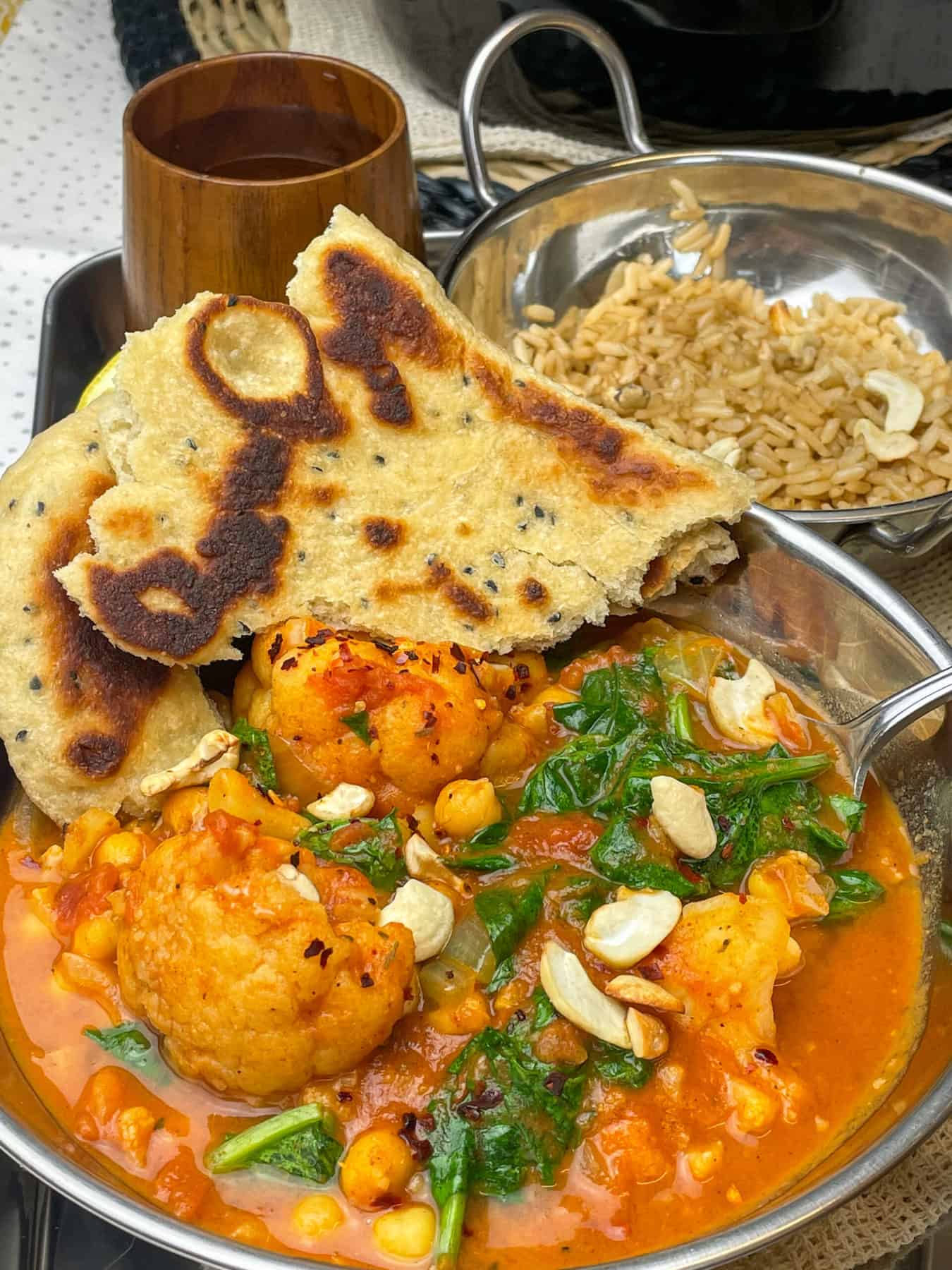
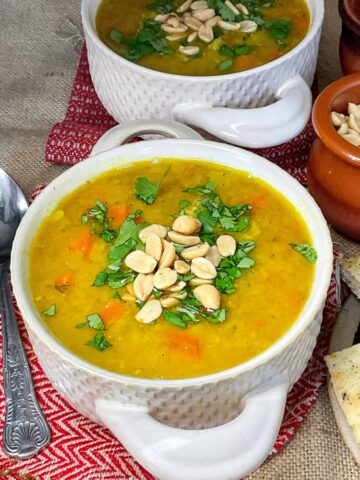
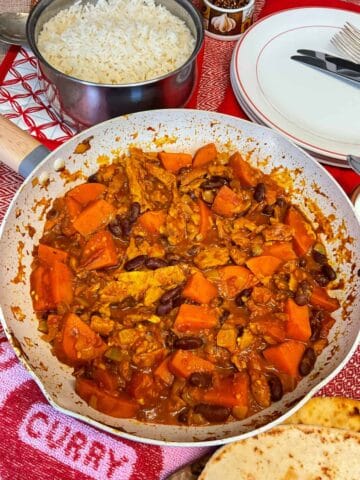
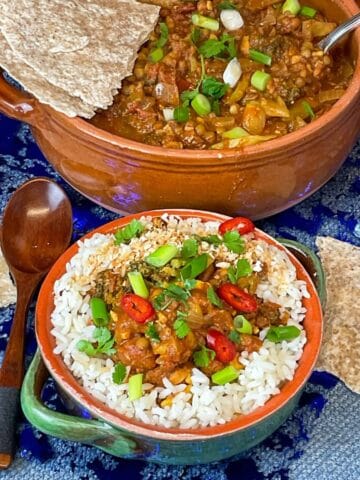
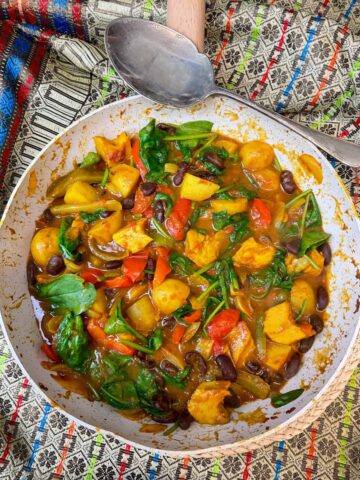
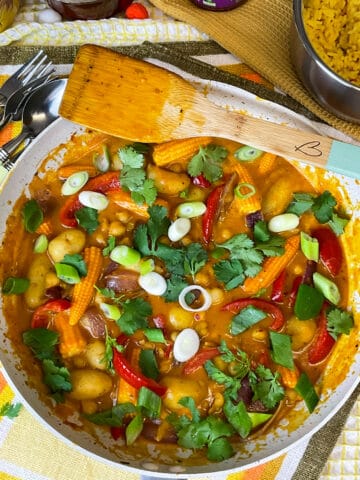
Beth
This is such a delicious and tasty recipe! I love all the flavors it brings out and I'll definitely make this again! My hubby devoured this so fast and it was a big hit!
Jacq
So glad you and your husband husband enjoyed the curry so much! 🙂
Jenn
The flavors in this dish are truly outstanding! I love that it's loaded with veggies, too! Yum!
Jacq
Me too! I agree the flavours are so good and the veggies really make it! 🙂
Allyssa
This recipe is awesome! So easy and tasty! Highly recommended! Thanks a lot for sharing this!
Jacq
Thanks so much! Glad you enjoyed 🙂
Katherine
All those veggies in a yummy sauce! Thanks for the recipe.
Jacq
Yeah the more veggies the better! Especially in a curry sauce. So yum!
Danielle
Wow, this sounds incredible! I love the addition of broccoli and sweet potatoes.
Jacq
Thanks! I absolutely love broccoli and sweet potatoes in a curry, stewing these vegetables in a the curry sauce just results in lovely flavours and textures.
Kat Knowles
This sounds absolutely delicious and I never would have thought of putting broccoli in a curry! Will have to give it a try.
Jacq
Awesome! Broccoli in a curry is my favourite way to eat it! It retains its crunch and soaks up the yummy curry flavours! Happy cooking!